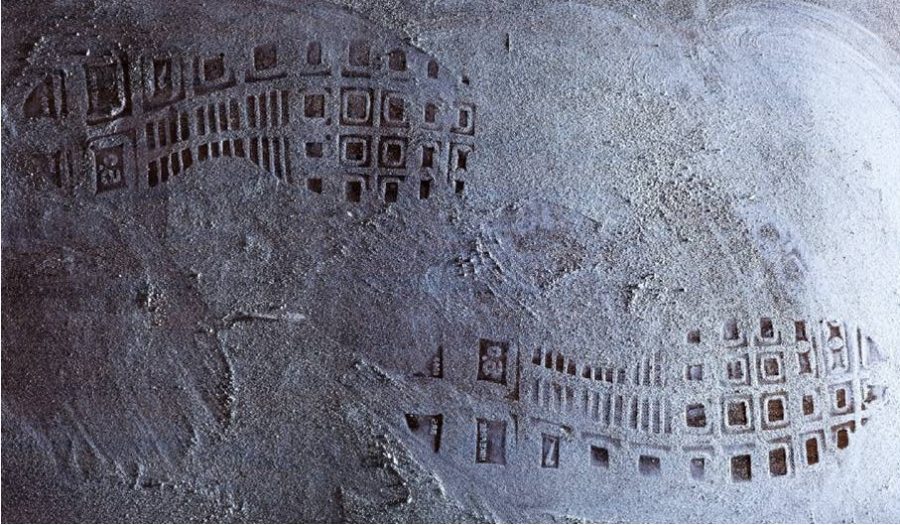Guest Column: Forensic Science Remains a Powerful Tool
On October 15, 1977, two 17-year-old girls disappeared off a nearby street in Scotland, in what is known as the World’s End Murder. The next day, the girls turned up dead eight kilometers apart from each other, one on a beach and another in a remote wheat field. Despite their attempts, the police could not locate the assailants.
The news enraged forensic soil scientist Lorna Dawson, who felt a compelling need to bring justice to the victims. In a Daily Record article, Dawson expressed her horror during the incident, “They were discarded like department store mannequins,” Dawson said. She embarked on a journey to research a new technology to uncover the proof from the killing, using a method known as forensic soil evidence.
Soil evidence in detective work is not a new technology. Policies in Germany used soil evidence to solve a crime in 1856 and Arthur Conan Doyle employed the strategy in the first book of the Sherlock Holmes series, A Study in Scarlet. Sherlock identifies the different types of soil to lock the location of the primary crime place.
However, Dawson created a new age for forensic science with modern technology. Today, our advanced methods in soil forensics were contributed by Dawson as she is the pioneer of this technology.
Despite skepticism in the past and today, Dawson combined her knowledge in agriculture and environmental science to implement techniques such as chromatography and mass spectrometry in the forensic case.
In 2007, prosecutors indicted Angus Sinclair for the murder. Sinclar is considered to be the worst serial killer in Scotland’s history. However, he was not convicted due to a lack of evidence.
This is where Dawson arrives in the case. In a new trial, this time in 2014, Dawson notified the jury that there was a small amount of soil that matched the wheat field where the dead body was found.
The prosecutors used the soil to argue that Sinclair had committed the crime. The jury agreed and convicted Sinclair of double murder and a life sentence of 37 years. The story of the World’s End Murder solidified forensic science’s place in investigations.
Dawson’s discovery paved the way for today’s more mordern detective work. Police still use forensic evidence as a crucial identifier to commit suspects. We should give honor to Dawson who gave us this world to chase our dreams in perilous fields along with keeping true to ethics and justice.
Detective Lorna Dawson’s success in forensic soil science continues to change lives and hold criminals accountable. Now, the victims’ families can sleep in bed peacefully at night.





















































